How to Clear Your Lungs After Vaping?
Vaping has grown in popularity over the past decade, especially among younger demographics who view it as a safer alternative to smoking. However, recent studies reveal that vaping still poses significant health risks to the respiratory system. While the human body has an innate capacity to repair damage, quitting vaping is just the first step. Actively supporting lung health and recovery can improve breathing, reduce inflammation, and clear out residual toxins. This article explores actionable steps to cleanse the lungs after vaping, drawing on expert-backed data and proven strategies.
The Impact of Vaping on Lung Health
Vaping introduces a cocktail of chemicals into the lungs, many of which are not yet fully understood. According to the Centers for Disease Control and Prevention (CDC), many vape liquids contain potentially harmful substances like nicotine, flavoring chemicals, and volatile organic compounds. Research links vaping to respiratory symptoms like chronic cough, shortness of breath, and even more severe conditions, such as EVALI (e-cigarette or vaping product use-associated lung injury), a life-threatening condition recognized by the CDC in 2019. Understanding the damage vaping can cause highlights the importance of active lung recovery post-vaping.
There are steps we can take to restore some of the health of our lungs after vaping.
- Hydrate to Thin Mucus and Promote Lung Function
Proper hydration is essential for lung health. Water helps thin mucus in the respiratory tract, making it easier to expel. Experts recommend drinking at least 8-10 cups daily to maintain optimal lung hydration and support the body’s natural detoxification processes.
- Steam Therapy to Open Airways
Inhaling steam helps loosen mucus and open up the respiratory tract. You can practice steam therapy by holding your face over a bowl of hot water and covering your head with a towel for about 5-10 minutes. Adding a few drops of eucalyptus or peppermint oil enhances the effect, providing relief from congestion and supporting clearer breathing.
- Practice Controlled Coughing to Expel Toxins
Controlled coughing is a targeted technique to clear mucus from the airways. Take a deep breath, hold it briefly, then cough from deep in your chest. Repeat this several times to expel mucus and keep the airways clear.
- Avoid Pollutants and Irritants
Vaping may have left your lungs more vulnerable to external pollutants. Avoid exposure to secondhand smoke, dust, and other airborne particles. Air purifiers can help reduce indoor pollutants, and ventilating your home frequently improves air quality.
Incorporate Breathing Exercises and Physical Activity
- Deep Breathing Exercises
Practicing deep breathing exercises daily increases lung capacity and promotes oxygen flow. Try inhaling deeply through your nose, holding your breath for a few seconds, and exhaling slowly through your mouth. Breathing exercises stimulate the diaphragm and strengthen the respiratory system, essential for recovery post-vaping.
- Cardiovascular Activities
Cardiovascular exercises like walking, jogging, and swimming benefit lung health by enhancing cardiovascular fitness and lung capacity. Start with low-impact exercises, gradually increasing intensity as lung function improves.
- Postural Drainage Techniques
Postural drainage uses gravity to help clear mucus from the lungs. Lie down with your chest lower than your hips to allow mucus to move out of the airways. Changing your posture and practicing this daily aids in toxin expulsion.
Support Lung Health Through Dietary Choices
- Consume Anti-Inflammatory Foods
Vaping can cause inflammation in the lungs, so it’s wise to include anti-inflammatory foods in your diet. Foods like leafy greens, turmeric, and blueberries combat inflammation and support lung health.
- Eat Antioxidant-Rich Foods
Antioxidants reduce oxidative stress caused by harmful chemicals. Berries, oranges, nuts, and seeds are rich in antioxidants that help counteract the cellular damage from vaping.
- Stay Hydrated
Consistent hydration helps keep mucus thin and facilitates its removal from the respiratory tract. Consider drinking herbal teas with honey or lemon, both known for their soothing effects on the respiratory system.
Monitor and Manage Respiratory Symptoms
- Recognize Signs of Improvement vs. Concern
As you implement these practices, monitor your respiratory symptoms. It’s normal to experience increased coughing initially as the body expels toxins. However, if symptoms worsen, consult a healthcare professional.
- When to Seek Medical Advice
Consult a physician if you experience persistent chest pain, wheezing, or difficulty breathing. Medical experts can offer further guidance or conduct lung function tests to assess your progress.
- Regular Health Check-Ups
Lung function tests, available through healthcare providers, track improvements in lung capacity and function, providing valuable insights into your recovery journey.
The environment around us is also important.
- Create a Smoke-Free Environment
Avoid environments with secondhand smoke or other pollutants to protect your recovering lungs. Request that friends and family avoid smoking near you, and avoid areas with high air pollution whenever possible.
- Invest in an Air Purifier
Air purifiers filter out pollutants, allergens, and irritants that may affect your respiratory system. Look for one with a HEPA filter to capture fine particles and ensure cleaner indoor air.
- Practice Good Hygiene
Basic hygiene, like washing hands and covering your mouth when sneezing or coughing, helps prevent respiratory infections, which are more likely to affect those with sensitive lungs.
FAQs
- Healing time varies depending on individual factors. Most individuals experience improvement within weeks, while full recovery can take months to years.
- Can lungs fully recover after vaping?
- Lungs can recover significantly, though full recovery depends on the duration and intensity of vaping. Implementing lung-cleansing practices speeds up recovery.
- Are there specific foods that help cleanse the lungs?
- Yes, foods rich in antioxidants and anti-inflammatory compounds, like berries, leafy greens, and fish, support lung health.
- Is exercise beneficial for lung recovery post-vaping?
- Absolutely. Cardiovascular exercises and breathing exercises strengthen the lungs, improving capacity and function over time.
- What are the signs that my lungs are healing?
- Clearer breathing, reduced mucus production, and improved endurance are common signs of lung recovery.
Conclusion
Clearing your lungs after vaping is a multi-step journey, one that requires commitment, patience, and lifestyle adjustments. By following these practices, you’ll support your body’s natural healing mechanisms and promote better respiratory health. Remember, the key to lung health is consistency; adopting these habits now will yield long-term benefits. If symptoms persist, consult a healthcare provider to ensure you’re on the right path to recovery.


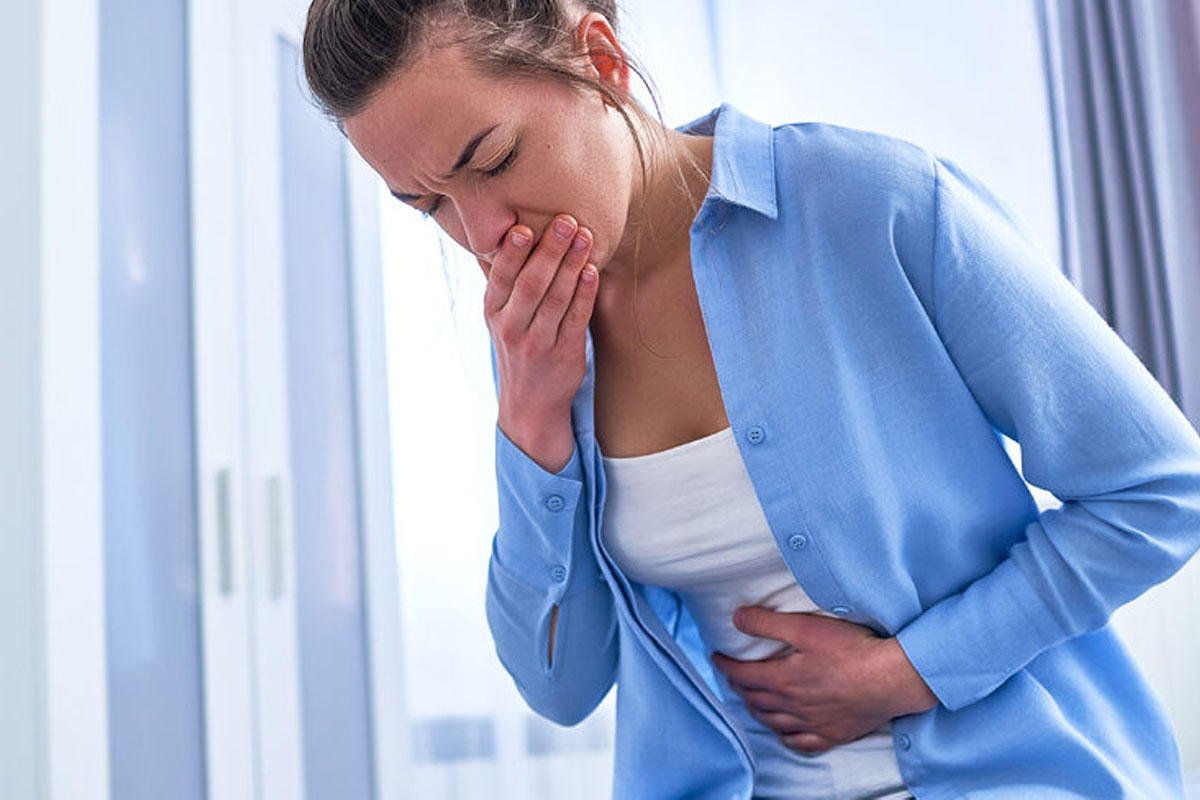

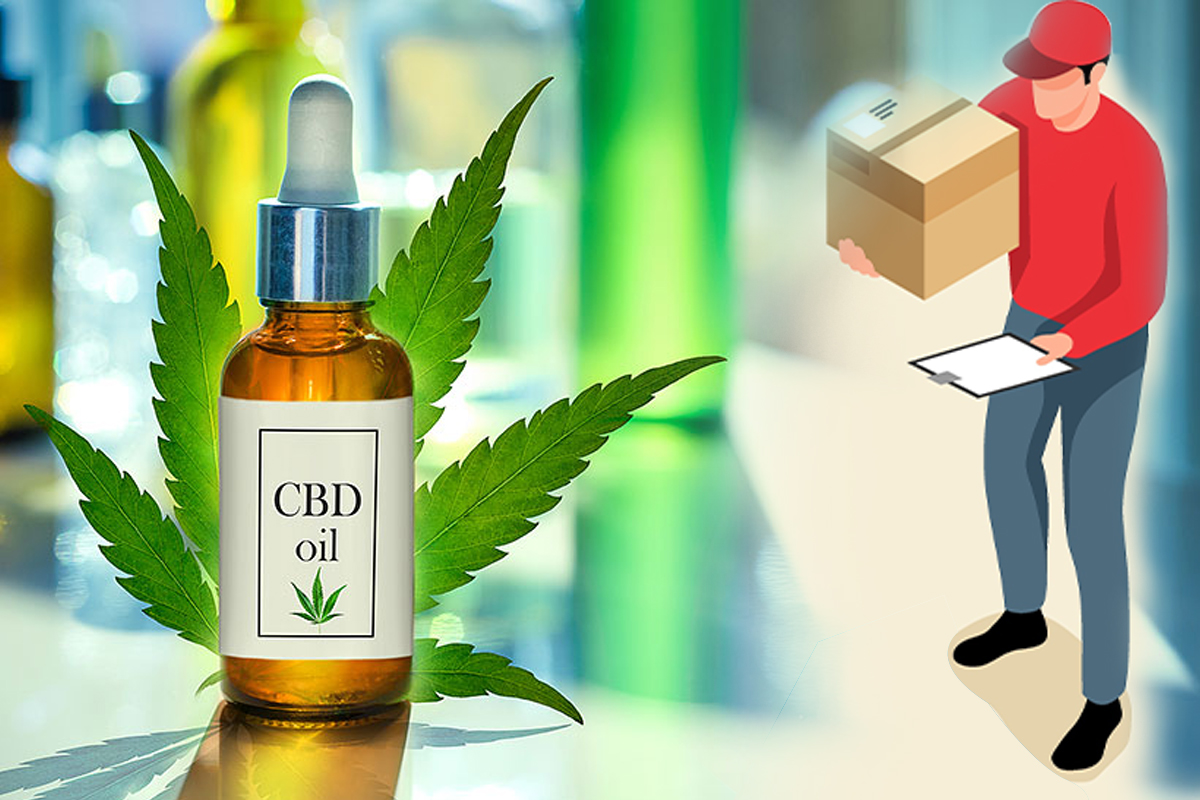
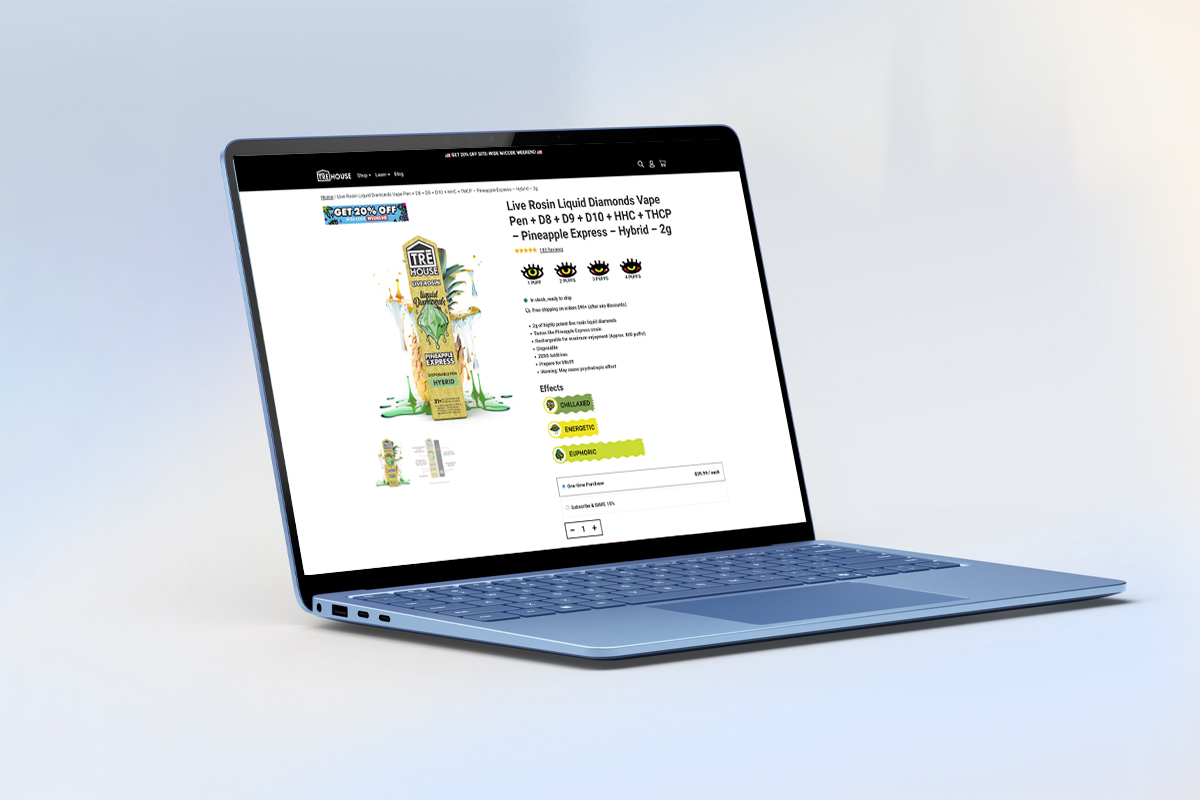
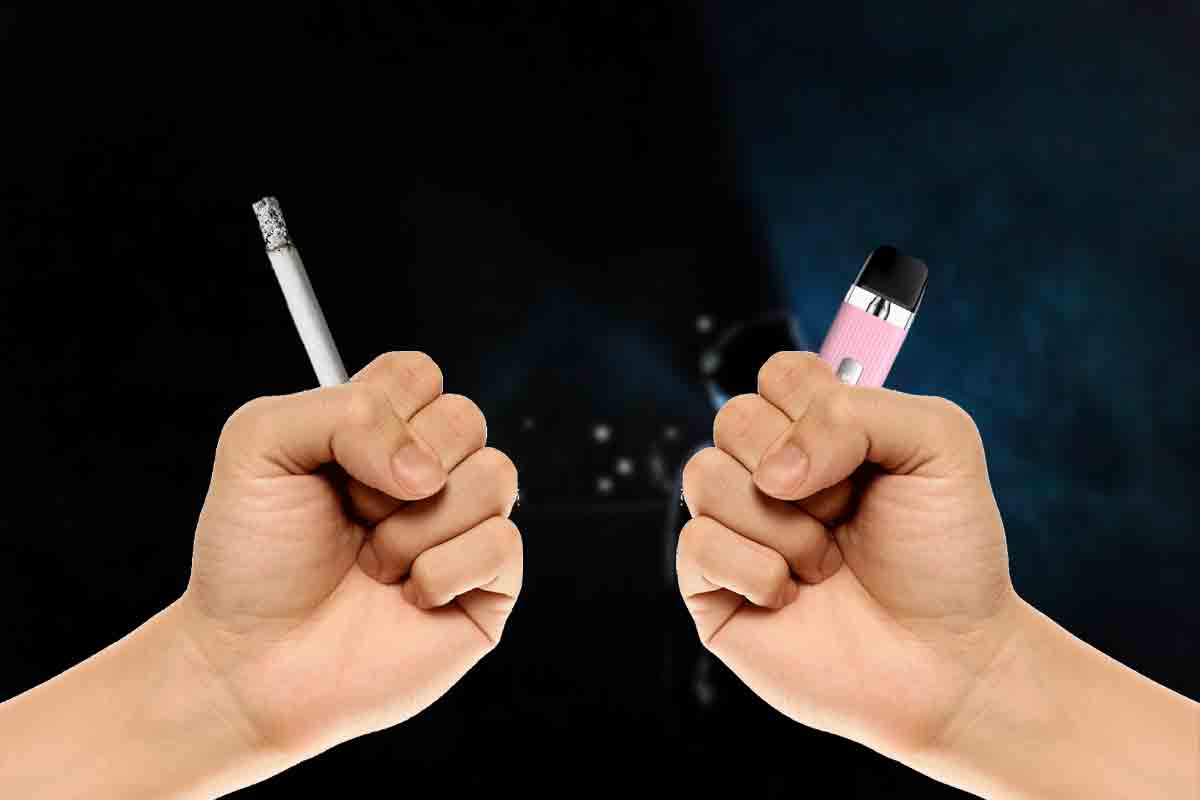
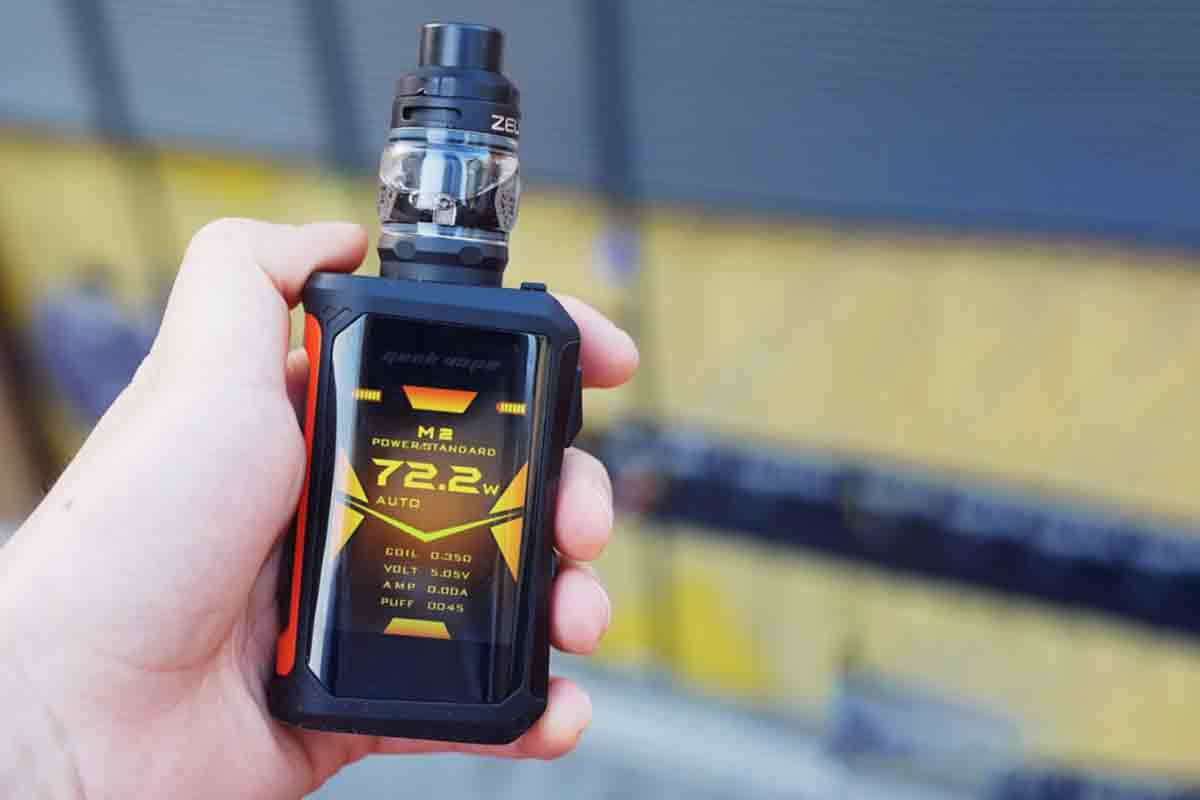

I have been vaping for 11 years, is it still useful?